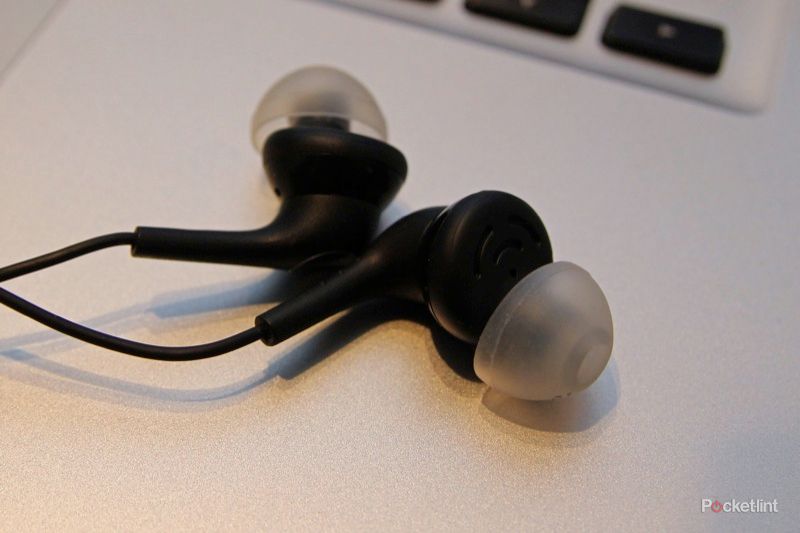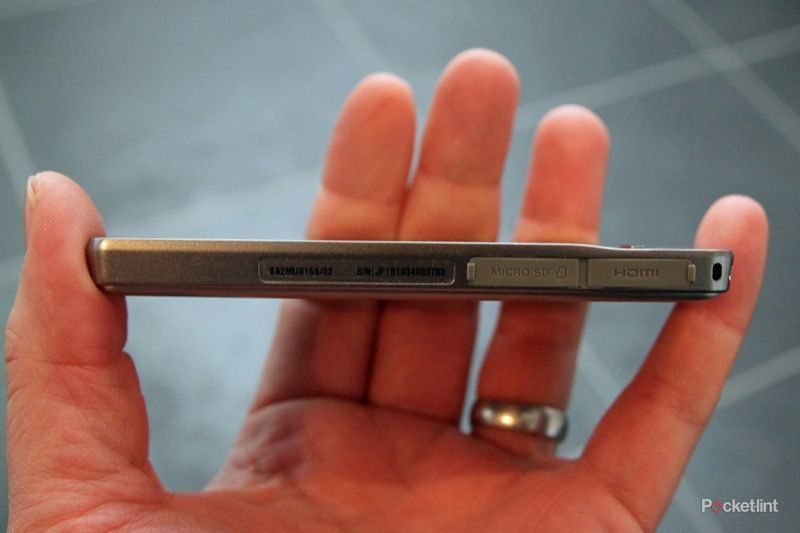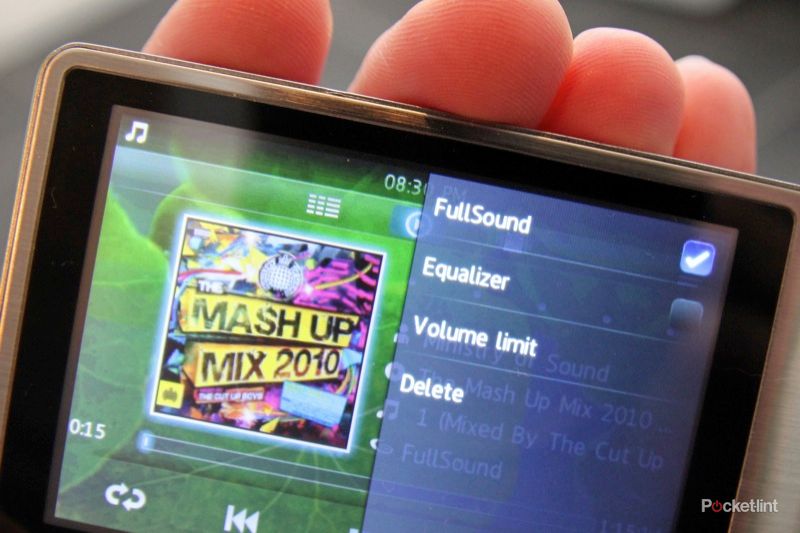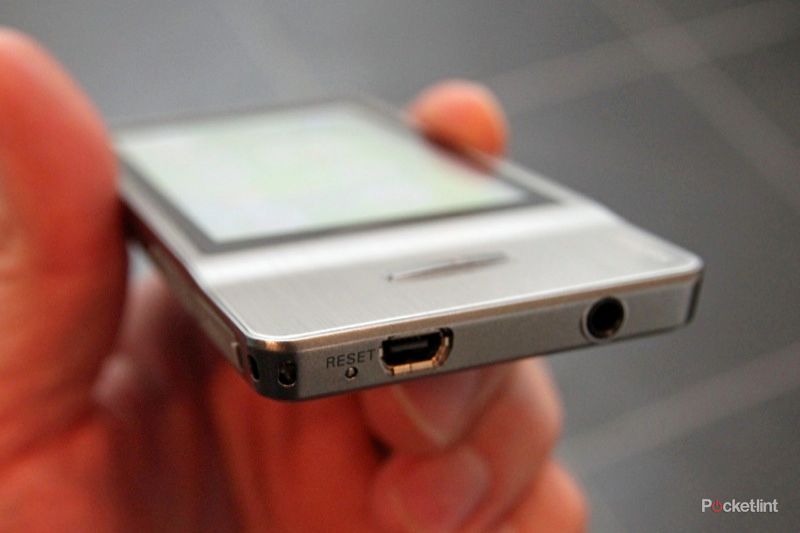The Philips GoGear Muse (SA2MUS16S) is an MPEG4 player that looks to offer a range of features without breaking the bank. The Muse is lovingly crafted from brushed metal so it looks fantastic, but does the rest of the package deliver?
Our quick take
The Philips GoGear Muse is a compact MPEG4 player that does what it says on the tin. It is easy to use and the open nature means you can quickly and easily add content from a number of sources. But even though it is open in the sense that you can add content easily, it isn’t a connected device.
We’re sure that there are those out there that want what the Philips GoGear Muse has to offer, but the tide seems to be turning towards connected devices that do a little more. Essentially the GoGear Muse does nothing that an entry-level smartphone won’t do and the rise of Android PMPs might see the Muse looking a little under featured.
As it is though, the Muse doesn’t do much wrong. It is well built and supports a range of formats. The microSD card slot is an excellent practical feature and the addition of an HDMI slot makes it easy to just share content when you need to.
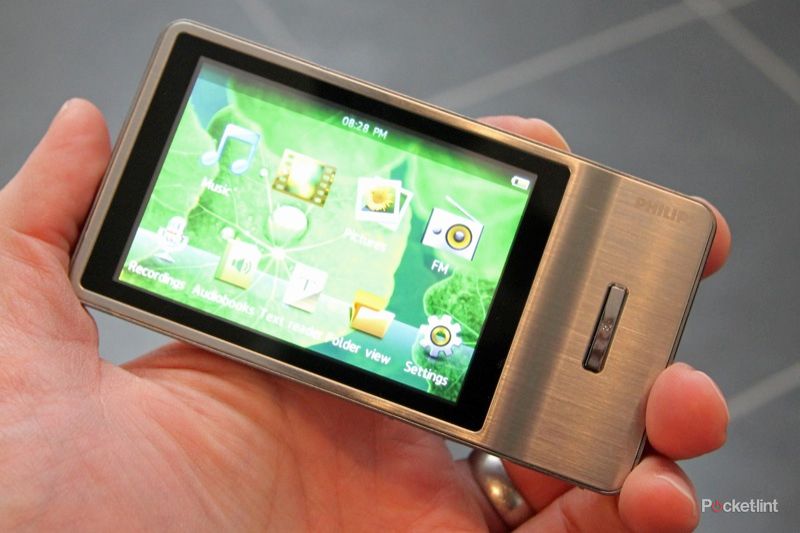
Philips GoGear Muse - 3.5 / 5
| FOR | AGAINST |
|---|---|
|
|
A comparison to the Apple iPod touch is unavoidable so we’ll get it out of the way right at the start. The Muse competes on several levels, offering up music and movie playback, but it isn’t a connected device, so you won’t be filling it with games or apps, chatting to your friends on FaceTime, or browsing the Internet over Wi-Fi.
The Philips GoGear Muse, with 8GB of memory, will cost you £99.99, whereas Apple will ask £189; the 32GB Muse will cost you £129, the 32GB iPod touch is £249. That’s a significant price difference whichever way you look at it and worth considering that the Muse is much more affordable.
If capacity is your thing however, then the Muse gives you what you want - a microSD card slot. The slot supports up to 32GB, so you could have yourself a 64GB Muse quickly and easily with the convenience of being able to manage content directly on the card and chop and change whenever you want to. For us, we'd probably opt for the 8GB player and add a card for greater capacity.
The star of the iPod touch - aside from the easy access to content - is the high-resolution display. The Muse gets itself a 3.2-inch 480 x 320 pixel resolution resistive display, which is big enough given the design of the user interface. Sure, it won’t ever compete with the iPod touch when it comes to playing back content, but it’s an acceptable measure given the price.
Having laid to rest that unavoidable contrast, let's focus solely on the Muse. It measures 113 x 58 x 9.95mm, so is indeed very skinny. It weighs 100g, so is light enough to slip into any pocket too. We love the look, the finish and the design overall. It feels premium in the hand and the brushed finish means it stays mercifully free of fingerprints.
There is only so much you can do with the design of a large screened device and Philips have opted to put a single button on the front, which takes you home. Around the body of the device you have a power button, the volume rocker, 3.5mm and Mini-USB connections, and finally the microSD and mini HDMI ports covered with rubber flaps.
Bundled in the box you also get a set of decent headphones. These are the two-stage Philips headphones that have an in-ear and bud type construction, and we’ve always found this style of headphone to be great at isolating external noise whilst coping well with bass. They’re certainly leagues ahead of the bundled headphones you get with an iPod, but not as good as the metal-bodied headphones of the same style that Philips will sell you. They also come with the choice of three different tips to get the right size for your ear, which is good.
The interface of the Muse is divided into four major categories: music, video, pictures and FM radio. These dominate the home screen presented when you turn the Muse on, or when you press the button. Additional icons offer access to voice recordings, audiobooks, text reader, a folder view and finally settings. The Muse is designed to run in landscape, so there is no rotation to portrait. This means you only have the one view to contend with, taking up the maximum space available.
Dive into music and you are presented with two different view options. The first is a list view which offers up scrollable lists of artist, album and song name. Select an artist and the lists realign themselves. Each list changes size, expanding to stand out when you select it. We quickly found however, that it could be difficult to actually get to your music quickly.
The second music view offered is Cover Flow style carousel, so you can flip though your albums and dive in and listen to them. In this case it is important to ensure your album art is in place. Philips’ Songbird software that comes with the Muse will offer to find artwork, equally if you already have artwork in place from music you have downloaded, this will appear in the catalogue. In some cases artwork from our iTunes collection we imported to Songbird was included, in some cases not.
The final, central, view is a more conventional “now playing” view, displaying the album art along with the details. On-screen icons offer main controls for playback, with additional options offered up in a menu access by an icon in the top right-hand corner. This is where you can tweak the sound settings and engage Philips FullSound option which helps give a little oomph to music, most noticeably by pushing the bass. It is a shame that the artist and album names aren’t live, so you can’t just dive over to another album - you have to change to a different view.
The format support is rather good, with the Muse offering to play MP3, WAV, WMA, AAC, Ogg, FLAC and APE.
Video and photos are displayed through similar avenues as music, although the list view is a more conventional thumbnail and title for videos or a folder and thumbnail for pictures.
When it comes to video playback the Muse offers to play various flavours of MPEG4, WMV and RMVB. There is no sign of MKV or DivX HD support however, but we did get DivX files to play. Of course, being able to use a memory card for adding content means it is easy to add content to the Muse that it can’t actually play, so check before you head off for that trans-Atlantic flight.
Controlling the content on your Muse is handled by Philips’ own software Songbird. This will basically manage all your music and videos, offering to play and manage them, as well as taking care of syncing. It also offers to update the firmware of the Muse if needed. However, you don’t essentially have to use it. Plugging into a Windows PC lets you navigate right to the device in Explorer, as well as using Windows Media Player. Plugging into a Mac offers up the same mounted drives option, giving you access to both the internal and external memory. You can then manually sync content, or opt for something third party like DoubleTwist.
Songbird does contain some notional goodies, like 7digital incorporation, although given the open nature of the Muse, you could buy DRM-free content from wherever you wish and add it by whatever method you wish. You can also download and sideload content from BBC iPlayer.
The screen itself is reasonable rather than exceptional, and there is a good chance that it will be put to shame by your average smartphone. However, the colours look reasonable and the playback on the whole was smooth - especially from content designed to fit. We did get some hiccups from the HD content we tried with it, but you can then move that content on to the big screen via the HDMI if you wish (cable not supplied).
Supporting the audio for movies is a “surround” option. We found this made the sound stage a little too wide and indistinct, so we decided against this particular enhancement.
If there is a downside of viewing video content (and indeed photos) on the Muse, it is that the decision to use a resistive display means there is the soft plastic surface between you and the content being displayed. A capacitive display with a glass surface would have made better use of the resolution on offer.
Philips claims 24 hours of music playback or 5 hours of video, which we found to be about right.
To recap
Although the Philips GoGear Muse doesn't do anything critically wrong, it might find itself outclassed by its rivals

